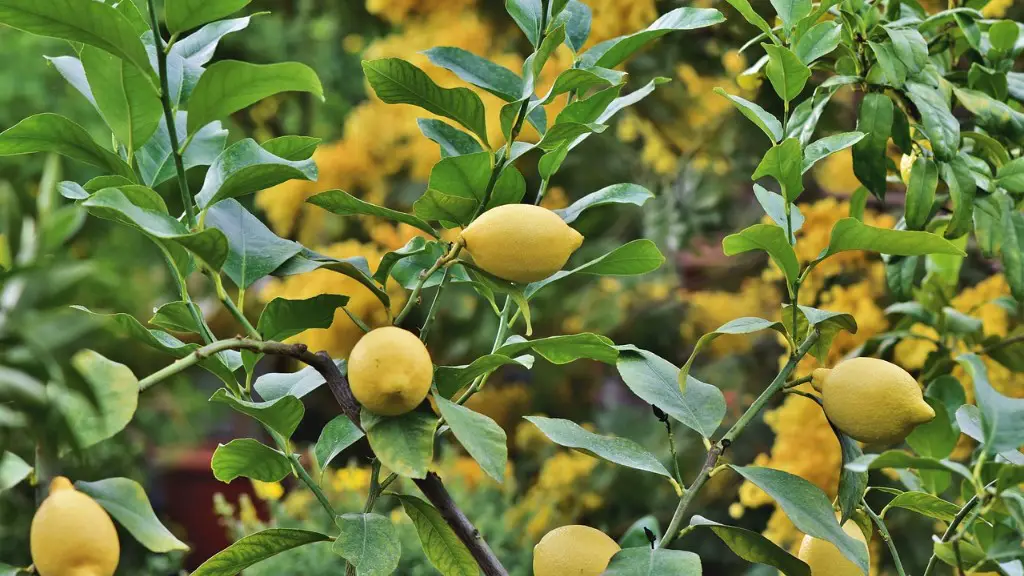The Growing Cycle
Cherries are one of the oldest cultivated fruits in the world, and are one of the most popular flavors in households all around the globe. Growing cherry trees doesn’t take as much time as gardening other fruits and vegetables, but it does require growers to understand the basics of the growing cycle. Knowing all the information about the growing cycle, like when to prune and harvest the trees, is essential for growers to yield a successful and bountiful cherry crop.
Bearing Fruit
It is important to remember that cherry trees take about three to four years for bearing fruit. The trees need to go through their planting and maturing phases before the fruit appears. During the planting phase, typically two or three different types of cherry trees are planted near each other in order to facilitate pollination.
Cherry trees begin to blossom during the first few days of spring. The blossoms thrive with plenty of sunshine and mild temperatures and eventually give way to the small cherries, which come in during early summer. Although the cherries mature in the summer, it’s important to note that they don’t reach perfect ripeness until late summer or early fall.
Harvesting
Once the cherries reach the full age of ripeness, growers must harvest the crop promptly. The best way to harvest cherry trees is to pick them by hand. If planting a few trees for personal use, growers could easily achieve this job in an afternoon. However, if one is harvesting a commercial crop, then a team of experienced pickers must be employed to complete the process.
In addition, it’s important to remember that some cherry varieties last longer than others. Because of this, growers must pay special attention to when the cherries are ready to be harvested. The longer the cherries are left on the tree, the sweeter they become, but they are also more prone to spoiling.
The Yield
The amount of cherries one can harvest from a tree varies greatly depending on the health of the tree and the environment in which it’s planted. Ideally, cherry trees should be given plenty of sunshine, water and nutrients. When placed in an optimum environment and well-tended to, a single cherry tree is capable of producing up to 35 pounds of fresh fruit per year.
Pruning
In order to boost the yield of fruit a tree can produce, regular pruning is recommended. Pruning involves the removal of temporary shoots and branches in order to promote healthy growth and new fruiting wood. Pruning helps to reduce congestion and maximize the nutrients the tree is able to take in. Depending on the variety, cherry trees should be pruned in late winter or early spring.
The Lifespan
Cherry trees have a relatively short life-span compared to other trees. While some cherry trees can live up to 25 years, most only survive an average of 15 to 20 years. This is due to the cherry tree’s sensitivity to extreme weather and diseases, which can shorten the life of the tree quickly. To ensure that the tree remains healthy throughout its life-span, it’s important to regularly monitor it and take measures to prevent disease and other issues before they become a problem.
Organic Care
Organic care is one of the most important aspects of growing cherry trees. Organic care is the practice of using environmentally safe and sustainable methods to nurture the tree and help it yield healthy crops. Growers are encouraged to use natural, nontoxic products to help promote growth and prevent disease. Doing this can help to ensure that the tree remains healthy and productive for many years to come.
Conclusion
Growing cherry trees can yield an impressive harvest and help to create a sustainable lifestyle. By understanding the life cycle and monitoring the health of the tree, growers can ensure that their cherry trees remain productive for years to come. Whether for personal or commercial use, knowing the basics of cherry tree care will help to guarantee a successful and bountiful harvest.


